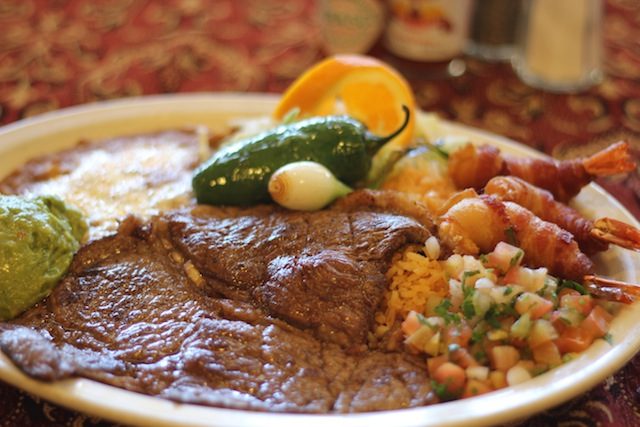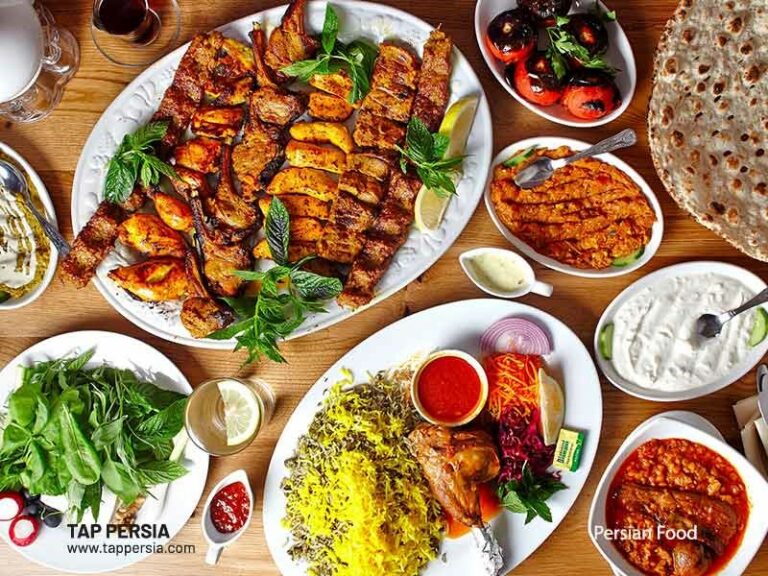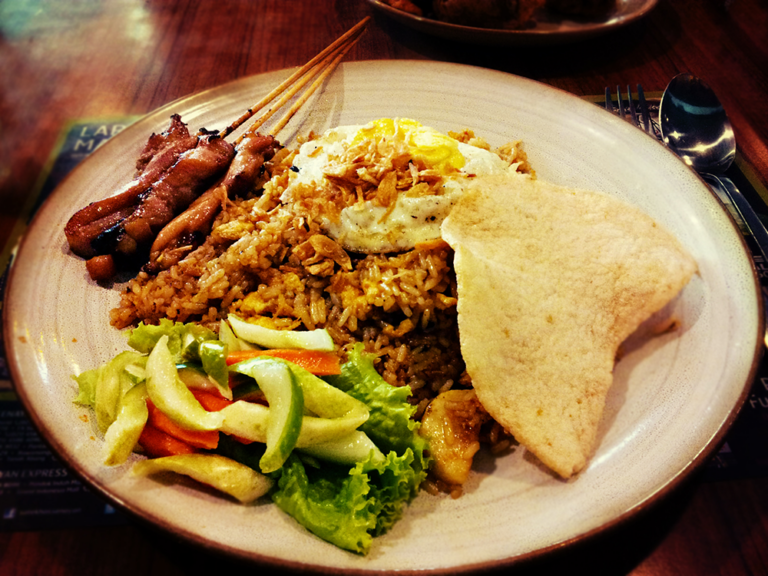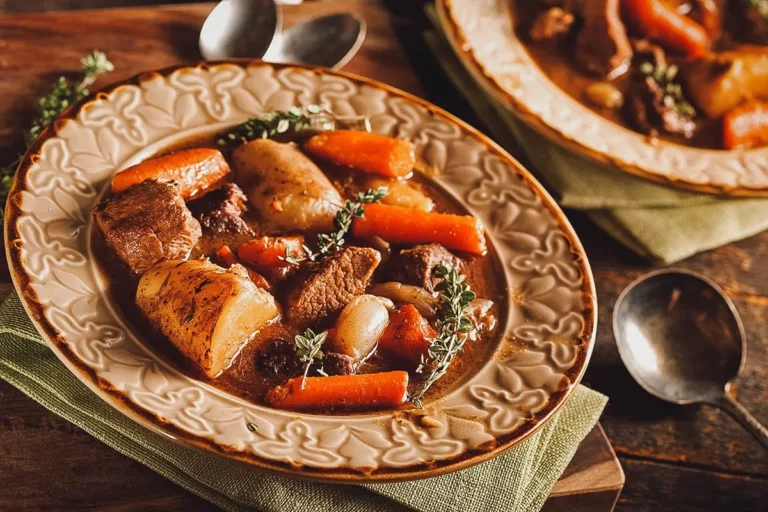Introduction: Exploring Haitian cuisine
Haitian cuisine is a vibrant and dynamic cuisine that has a rich history and cultural significance. The cuisine is a reflection of the country’s history and the influence of various cultures. Haitian cuisine is characterized by its bold flavors, unique ingredients, and diverse cooking techniques. The cuisine is a mixture of African, French, Spanish, and Indigenous influences, making it a fascinating culinary experience.
The history of Haitian cuisine and its influences
The history of Haitian cuisine is deeply intertwined with the country’s complex history. The cuisine evolved from the blending of African, French, Spanish, and Indigenous cultures, which have influenced the country’s cuisine for centuries. African slaves brought their traditional cooking techniques and ingredients to the country, which were later blended with French and Spanish culinary techniques. As a result, Haitian cuisine features a unique blend of spices, herbs, and ingredients that are indigenous to the country.
Traditional Haitian dishes and ingredients
Haitian cuisine is known for its bold flavors and unique ingredients. Some of the most popular Haitian dishes include Griot, which is a fried pork dish, and Tasso, which is a slow-cooked beef dish. Other traditional Haitian dishes include Rice and Beans, Akra, and Callaloo. Haitian cuisine is characterized by the use of unique spices and herbs such as thyme, garlic, and peppers, which add depth and complexity to the dishes.
Fusion cuisine and its prevalence in global gastronomy
Fusion cuisine is a culinary trend that has become increasingly popular in recent years. Fusion cuisine is characterized by the blending of two or more different culinary traditions to create new and exciting dishes. Fusion cuisine has become prevalent in global gastronomy, and many countries have embraced the trend to create their unique fusion dishes.
Examining Haitian fusion cuisine ingredients and techniques
Haitian fusion cuisine is a reflection of the country’s historical and multicultural influences. Haitian fusion cuisine incorporates traditional Haitian ingredients with other cultural influences to create unique and exciting dishes. Some popular ingredients used in Haitian fusion cuisine include plantains, yucca, and seafood, which are combined with other cultural influences to create innovative dishes.
Examples of Haitian fusion dishes and their cultural significance
One example of a Haitian fusion dish is the Haitian-style ceviche, which incorporates the traditional Haitian ingredients of seafood and lime juice with Peruvian-style ceviche. Another example of Haitian fusion cuisine is the Haitian-Japanese sushi roll, which features plantains, avocado, and seafood, creating a unique and delicious combination of flavors. The cultural significance of Haitian fusion cuisine lies in its ability to blend traditional Haitian ingredients with other cultural influences, creating new and exciting dishes that reflect the country’s rich cultural heritage.










